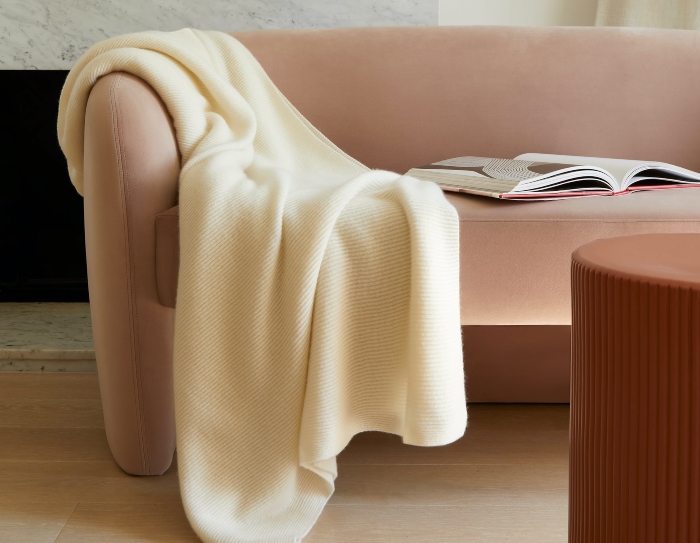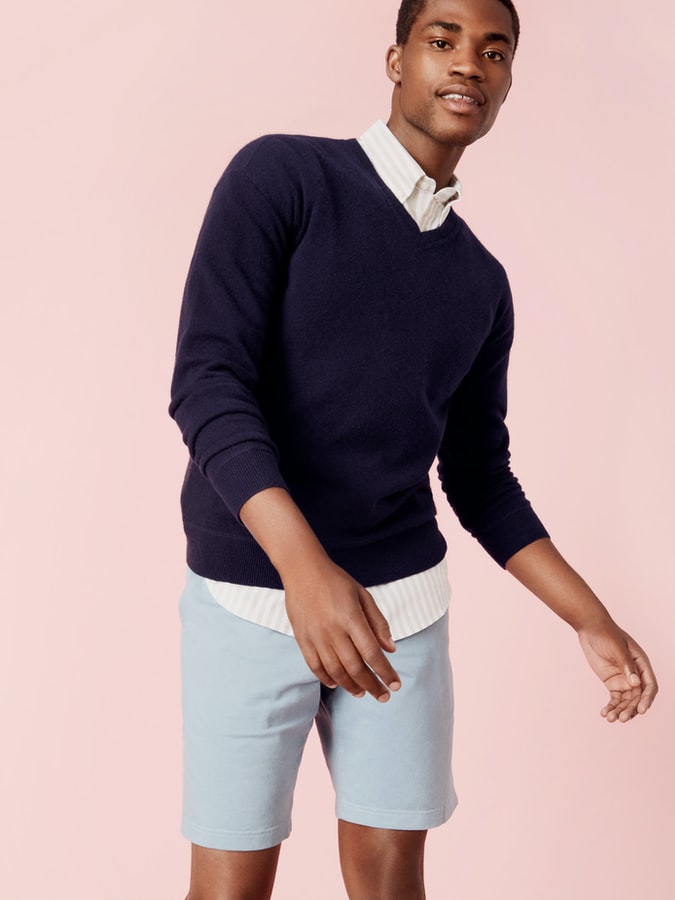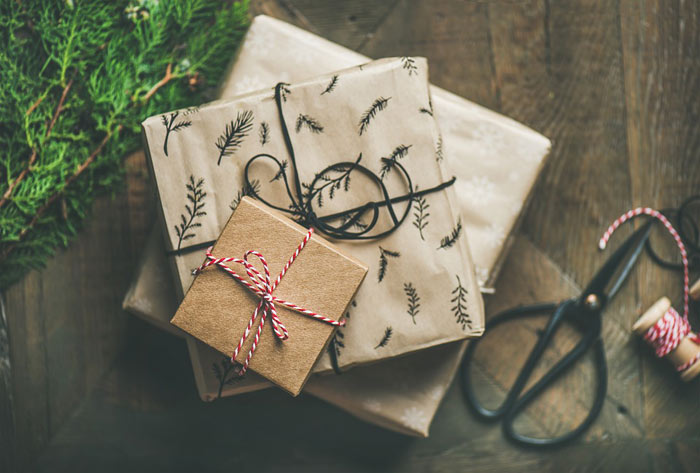Let’s be honest. 2020 was … not an easy year.

With the holidays upon us, it’s the perfect time to give family members, colleagues, and friends the gift equivalent of a warm, reassuring hug. That gift is cashmere.
Cashmere is one of the most sought-after materials in the world, and no wonder. It’s soft as a cloud, both lighter and warmer than wool, and very long-lasting. It takes a bit more maintenance, but cashmere’s quality and durability make the effort well worth it.
Beware, though; not all cashmere is created equal. To get the best cashmere bang for your gift-giving buck, follow these tips:
1. Check the Tag
Companies that create wool and cashmere products are required by law to label them accurately. So if you’re looking for honest-to-goodness cashmere, rest assured that it will be labeled as such. If the cashmere fiber is mixed with other materials, the tag must say so.
Another thing the tag will tell you is the cashmere’s country of origin. China is the world’s largest producer of cashmere, with some of its best output coming from Inner Mongolia. In the region’s harsh climate, goats develop undercoats of long, ultra-soft hair that makes for sumptuously comfortable knitwear.
You may also see products from Iran, Afghanistan, or other central and west Asian nations. They could look like a bargain, but the shorter, coarser fiber grown in those countries yields cashmere of somewhat lower quality. It may produce acceptably luxurious gloves, but you might not want it in your turtleneck.
2. Select an Item That Makes the Grade
Cashmere’s quality is indicated by three different grades, which are determined by the width of the hair used in the fabric. The thinner the cashmere, the higher the grade:
Grade A: 14 micron widths per hair
Grade B: 18-19 micron widths per hair
Grade C: 30 micron widths per hair
As you might guess, higher-grade cashmere is more expensive. It’s also softer, more resilient, and longer-lasting. You get what you pay for, so align your budget expectations with the grade of cashmere you’re hoping to buy.
There’s one hitch to the grade scale, though; you won’t necessarily find it on an item’s label. Companies that use highest-quality cashmere will, of course, be eager to tell you that in their marketing materials. In your average boutique or department store, though, you’ll need to rely on your senses.
High-grade cashmere will be unbelievably soft to the touch. It will also spring back into shape when you stretch it. If the weave is loose or the hand feels “mushy,” you’ll know the manufacturer achieved the softness with chemical treatments, not top-quality yarns.
3. Choose Classic Colors and Styles

The durability and longevity of a cashmere piece make it something that will be a part of your gift recipient’s wardrobe for a long time. Make that long-lived garment a source of joy, not dismay, by selecting classic colors and styles.
That’s not to say you should choose something Great-aunt Edna would wear. Classic doesn’t have to mean boring or boxy. Look for clean lines and timeless shapes in muted jewel tones or updated neutrals, and you can’t go wrong.
Classic colors can go with most outfits and wardrobes, even if they change over time. Classic styles will enable your giftee to dress the item you select up or down. This flexibility will make your present even more valuable to its lucky recipient.
The best cashmere gift can be worn with great frequency, like a sweater or a robe. When your recipient dons that espresso-hued V-neck five years from now, they’ll think fondly of the person who gave them a bit of everyday luxury.
4. Give Your Business to the Right Company
The cashmere industry dates back a long time. Some companies have hundreds of years of experience producing and selling cashmere. You can rely on these brands, knowing they’ve mastered their trade.
On the other hand, well-established companies may charge premium prices that may be out of your price range for a gift. In that case, look for a happy medium between quality and price that fits your needs.
“Disruption” might not be a term one associates with cozy sweaters, but even the cashmere market has seen a shakeup in recent years. Young companies are sourcing cashmere straight from the herders themselves, cutting out the middlemen to provide highest-quality products at lower prices.
A side benefit of this approach is that these upstarts can advance their ideals along with their profits. By dealing directly with herders, they can pay them more while ensuring ethical treatment of the goats and preserving their habitat. When you choose a cashmere gift from a sustainability-minded company, you’ll get a fuzzy feeling in more ways than one.

Consider buying yourself a cashmere gift before giving one to others. You’ll be able to test it out for yourself, and you may just find it’s what you’ve needed all along. Begin your search now — Unwrapping Day will be here before you know it!










